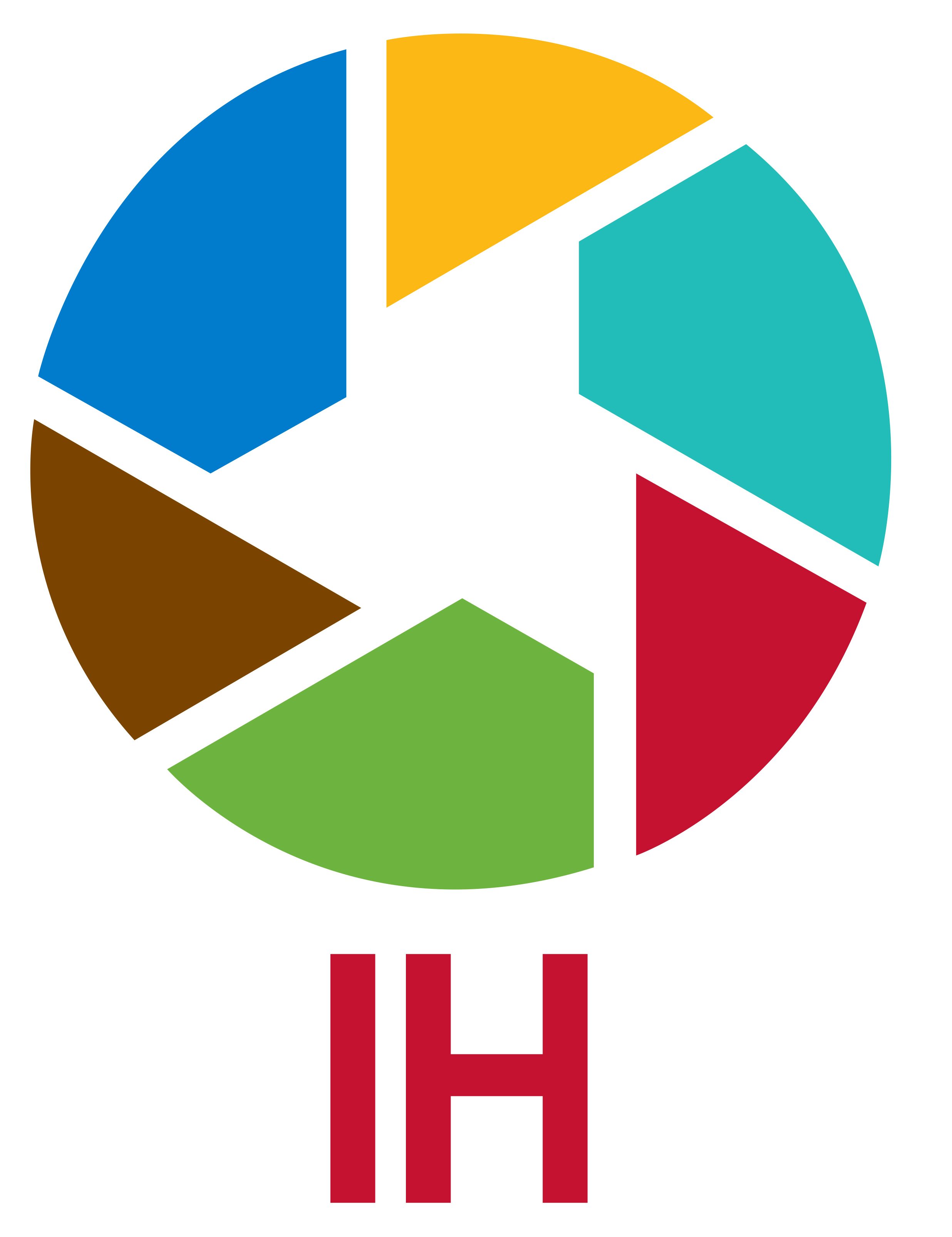This is a guest blog post by Dr. Heather F. de Vries McClintock PhD MSPH MSW, IH Section Member and Assistant Professor in the Department of Public Health, College of Health Sciences at Arcadia University. It is the first in a three-part series the IH Blog will feature this summer, Global health literacy: Conceptual basis, measurement and implications.
Part I. What is Health Literacy and Why Does it Matter?
Health literacy (HL) has been identified as a key indicator of population health. HL is a critical, yet frequently overlooked, competency required to adequately navigate an increasingly complex modern healthcare system. The Institute of Medicine (IOM) defines HL as the degree to which individuals have the capacity to obtain, interpret and understand basic health information and services needed to make appropriate health decisions. Due the recognition of the importance of understanding and addressing the issue of widespread low HL, the IOM convened a Committee on Health Literacy in 2002. This committee was charged with defining the scope of the problem of low HL, identifying obstacles to creating a health literate public, assessing approaches that attempted to improve HL, identifying goals for HL efforts and suggesting approaches for overcoming obstacles to improving HL.
The IOM’s Committee on Health Literacy published a report summarizing their findings and recommendations entitled ‘Health Literacy: A Prescription to End Confusion.’ In this report the committee summarized research findings on the burden and impact of low health literacy reporting that approximately 90 million adults in the United States (U.S.) lacked the necessary literacy skills to effectively navigate the U.S. health system. The report indicated that persons who were older, poor, from minority populations, and groups with limited English proficiency were more likely to have low HL skills. While persons with higher educational attainment were less likely to have low HL skills, higher educational attainment did not ensure adequate HL. The report summarized findings in which persons who lacked of HL skills had less knowledge of disease management/health-promoting behaviors, reported poorer health status, and were less likely to use preventive services than persons with adequate HL skills. The committee recommended that support should be provided for the development, testing, and use of culturally appropriate new operational measures of health literacy that could be assessed as a part of large ongoing population surveys.
In 2003, the U.S. Department of Education, National Center for Health Statistics conducted a National Assessment of Adult Literacy (NAAL). Based on this assessment, approximately 12% of U.S. adults had proficient health literacy and over a third of U.S. adults (77 million people) were projected to have difficulty with common health tasks, such as following directions on a prescription drug label or adhering to a childhood immunization schedule using a standard chart. Low HL affected persons regardless of age, race, education, income, or social class. Since this assessment, many investigators have examined prevalence and associated outcomes of low HL using statistical modeling techniques and demographic characteristics.
From a global perspective, little research has evaluated HL in low middle income or low income countries (lower income). A recent review by the Agency for Healthcare Research and Quality, Health Literacy Interventions and Outcomes: an Update of the Literacy and Health Outcomes Systematic Review of the Literature, aimed to include all studies conducted anywhere in the world that employed an objective measure of HL. This work was intended to expand the scope of a prior review by including studies that were carried out in developing countries. Despite this intention, over 90% of studies included in this recent review were conducted in high income countries and approximately 1% were conducted in low income countries. The large discrepancy in the objective assessment of HL between high income and lower income countries is indicative of many underlying factors such as a lack of available resources or technical capacity to examine HL, competing demands for limited resources, and conceptual variation in the implementation of such initiatives. Thus little information is available to evaluate the burden and scope of low HL in countries that are not high income. In high income countries the burden of low HL is substantial leading to poorer overall health status and higher mortality. Persons in lower income countries likely experience this health impact which is exacerbated by greater existing vulnerability for poor health due to both individual level (poverty, lower educational attainment) and health system factors (lack of services availability). Thus it is likely that the burden of low HL in lower income countries has a devastating impact on health and well-being. Future research is needed to construct a measure of HL that can feasibly be employed to evaluate HL in lower income countries. This will provide the foundation for interventions to reduce the burden of low HL.
Low HL is a widespread problem that exacts a tremendous toll on health and well-being globally. A common misconception is that HL is synonymous with educational attainment. HL is established as a distinct and separate construct that measures one’s ability to understand and act on health information provided in an increasingly complex modern health care system. For more information about the distinction between educational attainment and HL please stay tuned next month for Part II in this series on Global Health Literacy called Understanding Health Information: Is Educational Attainment Enough?
Dr. Heather F. de Vries McClintock, is currently Assistant Professor of Public Health at the College of Health Sciences at Arcadia University. Her research broadly focuses on the prevention, treatment, and management of chronic disease and disability globally. Recent research aims to understand and improve health literacy and the quality of care provision for persons in Sub-Saharan Africa.


